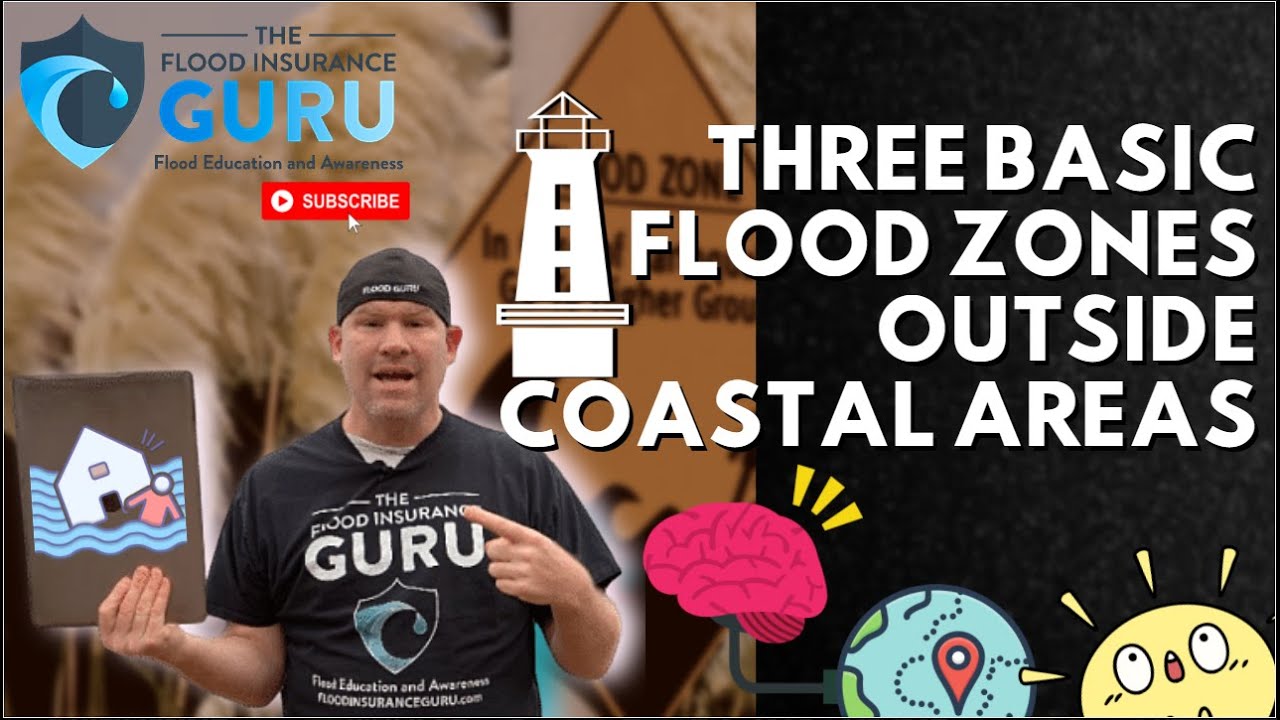
Today we're talking to the real estate agents out there. We're here to protect you and your clients by making sure that you're well-aware and educated when it comes to flood insurance. In this episode, we'll cover flood zone determination and how to avoid getting the wrong idea with it.
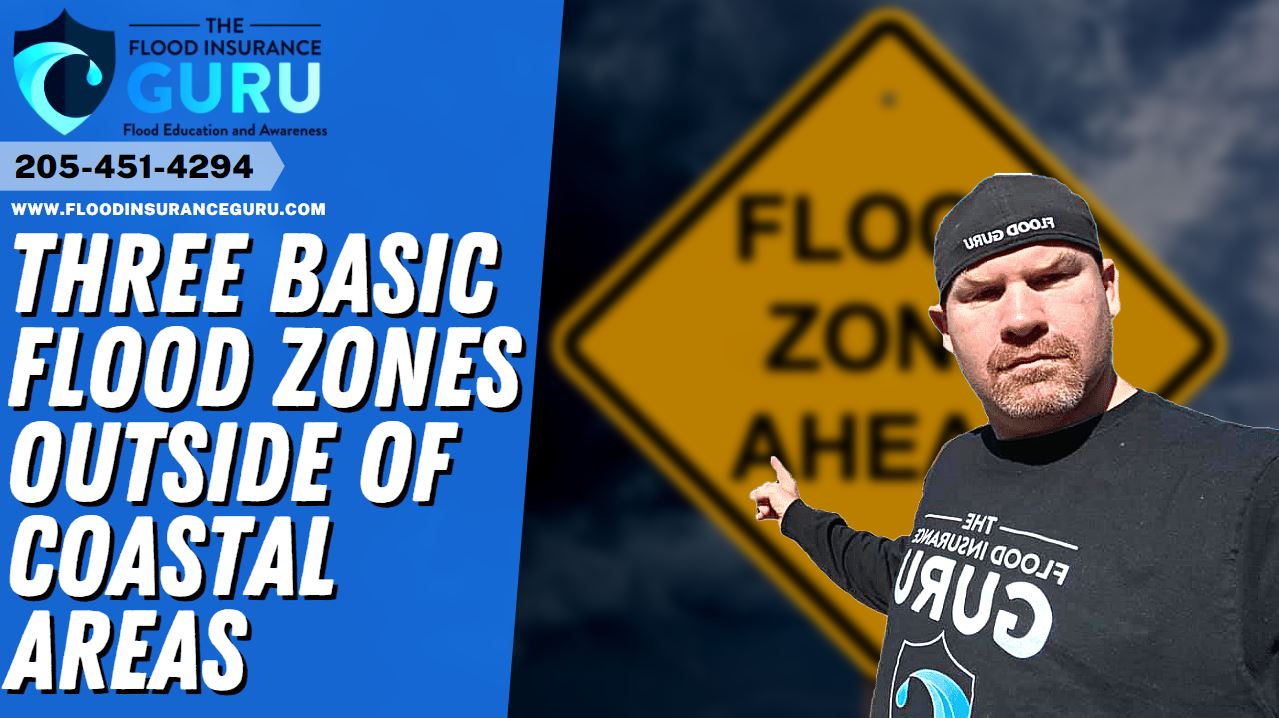
Something that we've been made aware of is that real estate agents are wasting a good amount of money for flood zone determination. This is actually something that we order for free, not just for our clients, our realtors, or mortgage brokers. We understand that it's important for policyholders and structures under Federal Emergency Management Agency (FEMA) and for the structure of your home or if you're planning to build a property.
Remember, FEMA and the National Flood Insurance Program (NFIP) are the ones who analyze your local community everywhere to check for flood plain devolvement, and flood risk analysis to mention a few of their function outside of flood insurance, so you're most reliable resources are more likely to come from them.
Through flood zone determination, you can help make an educated decision in helping your client is buying the house, making sure that they can resell it, and things like that. To know more on the specific flood zones, listen to our podcast below.
These Flood Zones determine how much flooding you can expect your community to experience when rain occurs. Generally, each city will have different flood zones in them. The rule is the closer you are to the coasts, the higher risk flood zone you are, but this doesn't apply always as lately even heavy rains in low-risk flood zones can cause significant flood damage to properties (no thanks to climate change).
Property or building value's directly impacted by these flood zones. The properties' zones are determined by flood hazard map updates from FEMA called Flood Insurance Rate Map (FIRM), which they release monthly. It's important to remember that the government's job in flood insurance is to check the flood plain devolvement, flood risks determination, provide flood hazard maps, flood depths in a span of time, and changing certain flood insurance rates.
What are the basic flood zones outside of coastal areas? Let's discuss them.
Flood Zone X
This is known as the low risk flood zone where the risk of flooding is very minimal and almost to none at a given amount of year. This is why it's outside the 500-year flood zone and 100-year flood zone. Generally, you can expect to have your clients to have lower flood insurance premiums compared to other zones. These zones can experience shallow flooding at worst and won't have FEMA and NFIP to carry mandatory flood insurance.
If you're looking to have a client buy a property or say a commercial building, this would be the best option if they're looking to avoid flood for the life of the property.
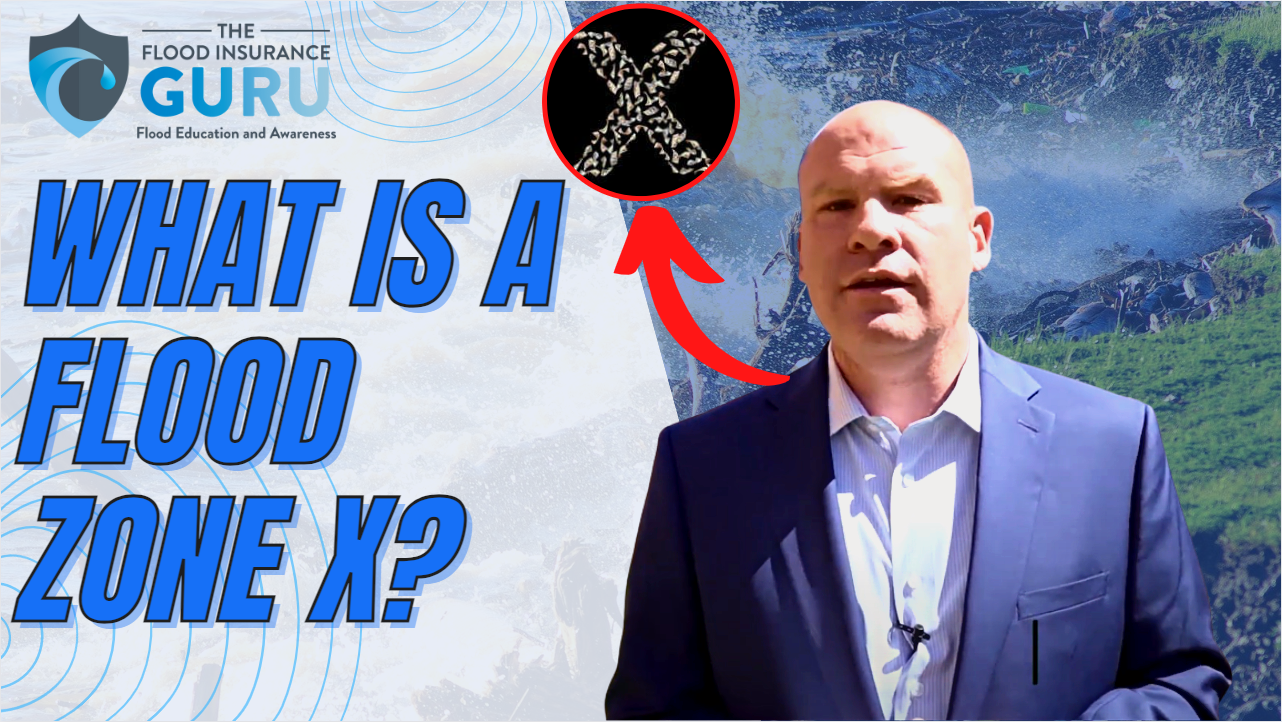
Flood Zone A
This is known as the 500-year flood zone and is considered as a high risk flood zone. 500-year flood generally means that the chance of flooding is 1 for every 500 years. It's not an accurate determination however since there are a lot of flood disasters occurring in the country in the past few years. Being in a high risk flood zone may be detrimental to your property/building value, so you have to make sure that your clients or as a homeowner, the structure of your property fits the bill of others.
It's important to note as well that there's an increase in the levels of base-flood elevation. Your property's or building's overall construction impacts your elevation certificate and your flood insurance rates. This means that if you're able to escape higher flood insurance risks since you are above the base flood elevation, this may change this coming year. You can know more about the best workaround on such concerns through your insurance agent.
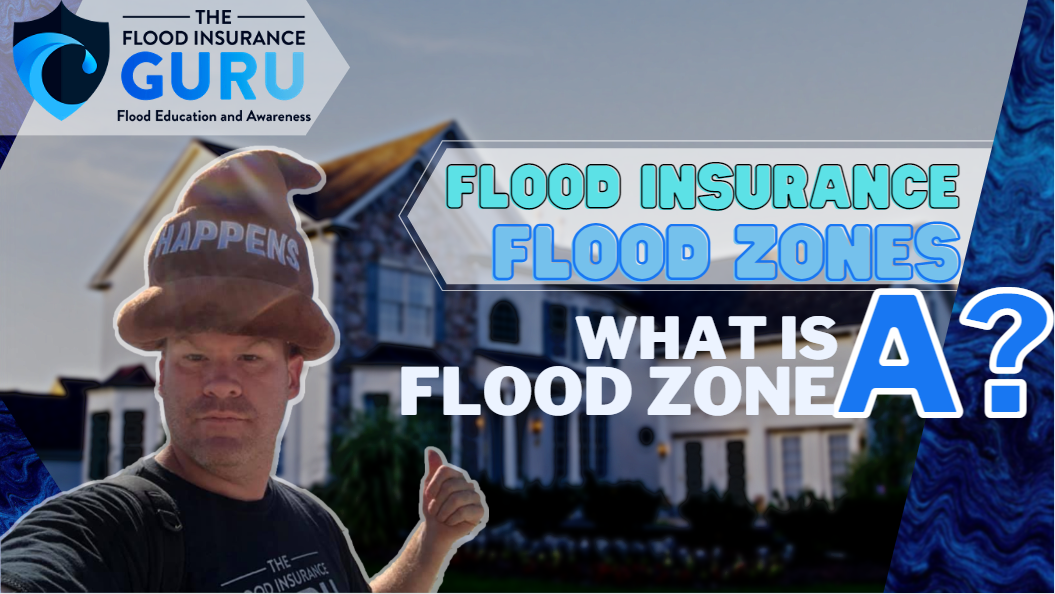
Flood Zone AE
Now, we're getting deeper into higher risk flood zones or the special flood hazard area (SFHA). These are properties in a community that has a chance of flooding once every 100 years. This is why it's called a 100-year flood zone. Flood hazards in such areas can be more destructive to structure of a residence or a business. Property owners in high risk flood zones, like 100-year flood, are generally required by FEMA and the NFIP to have an elevation certificate. There's also a mandatory flood insurance requirement for properties in high risk area once the flood hazard maps determine that the community is in special flood hazard area.
If you or your clients have a building in these high risk flood zones like the 100-year flood or 500-year flood zones, you better have the best flood insurance coverage you can get. Like we mentioned, flood events had became more unpredictable in the last few years and causes more severe damage than before. FEMA and the National Flood Insurance Program also found out that there's significant erosion of coastlines which is bad news to people in Flood Zone V and adjacently, Flood Zone A and AE residents.
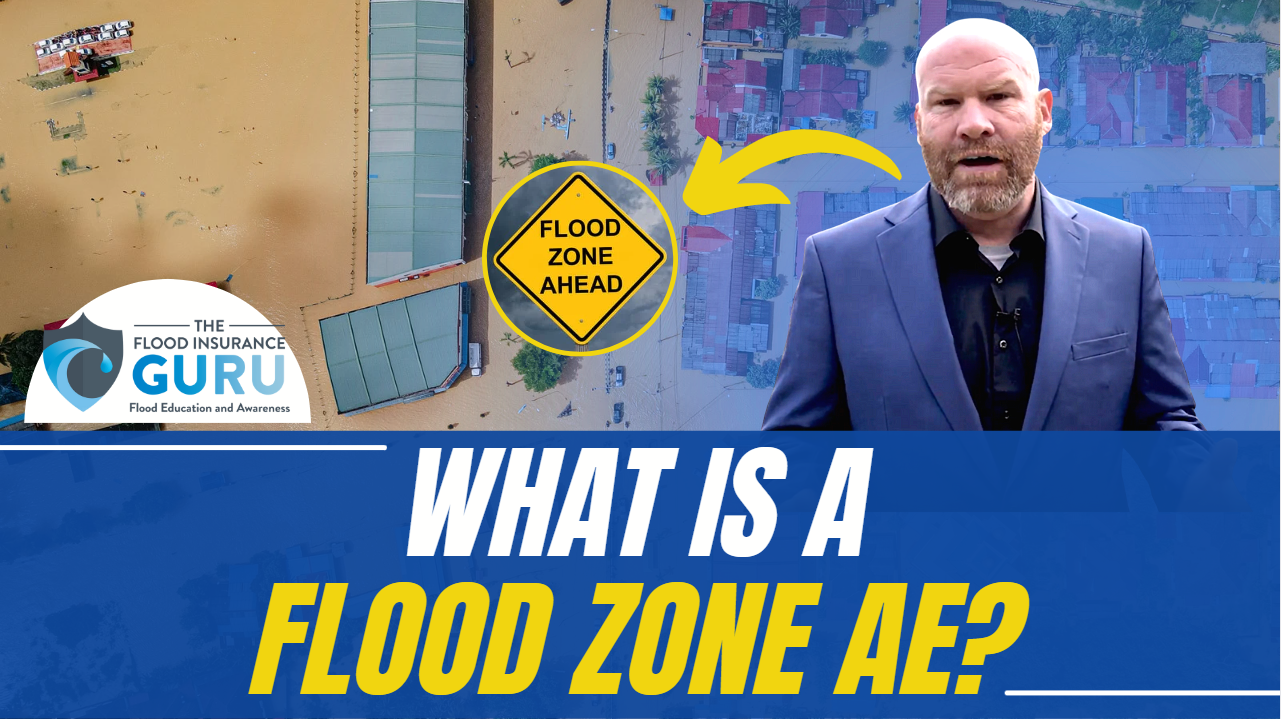
Flood zone determination can make or break you or your clients. One small mistake in this and it could mean a financial disaster. In flood event, you don't want your money to wash away.
Before you go out and spend money for flood zone determination, just reach out to us so we can check the address, get the flood zone, and send it back to you. You can contact us through (205) 451-4294 or our website.
Remember, we have an educational background on flood mitigation and we want to share this flood education and awareness to you, so that you too can get prepared for when crap, like having higher rates due to appliances below the base-flood elevation, happens and more.



